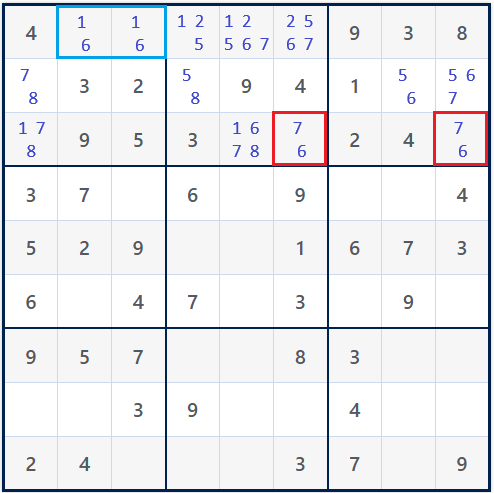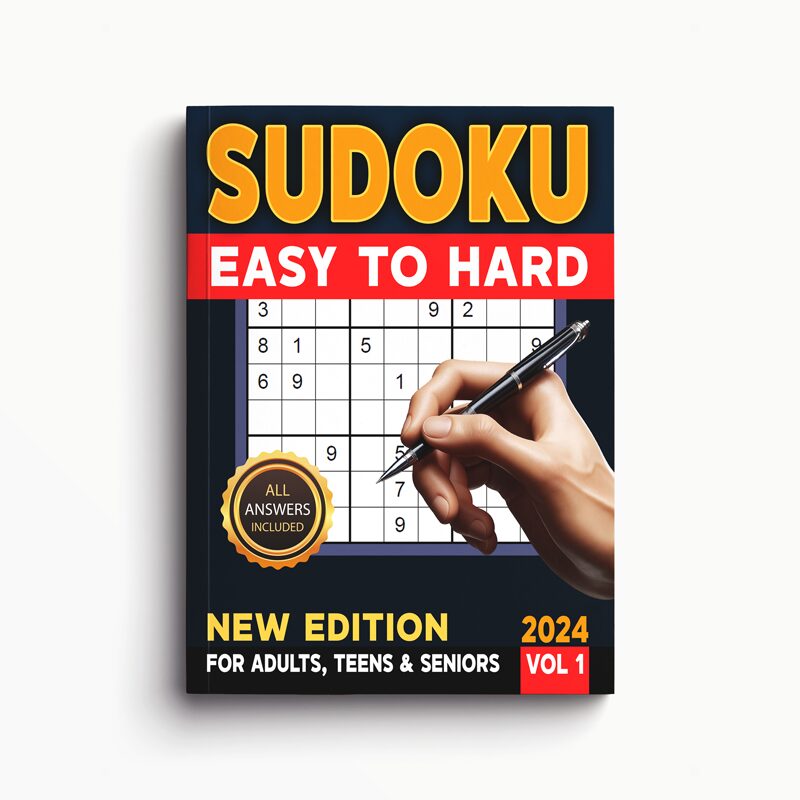
How Sudoku for Adults Strengthens Logical Thinking
Sudoku for adults is more than a pastime. Recent studies link regular puzzle practice to improved working memory, greater cognitive flexibility, reduced stress and slower cognitive decline. This article explains how Sudoku engages the brain, summarises key findings on neuroplasticity and dementia risk, offers practical strategies for beginners and advanced solvers, and discusses the limitations of brain‑game research within a holistic approach to cognitive health.








